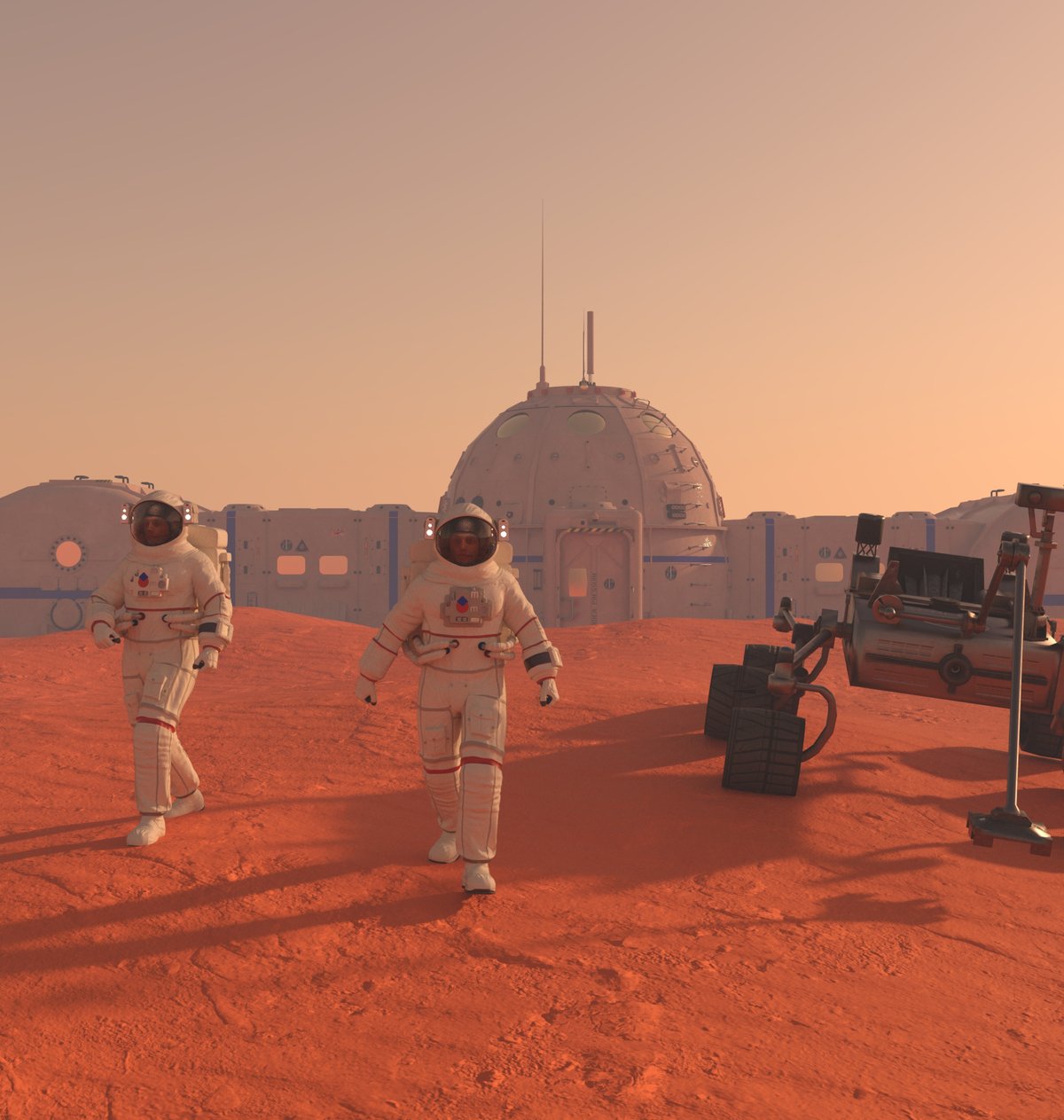Of all the planets discovered in the Cosmos, As far as we know, Earth remains the only place that has the biological processes necessary for the existence of life.. However, the chemical components for such processes, including all of the stable elements in the periodic table and certain complex groups of organic molecules, are found in many places we look in space.
Such components are present in the atmospheres of gas giants, the surfaces of rocky worlds, moons, asteroids, comets, and even the vast nebulae of interstellar space.
However, there is a huge gulf separating the existence of organic molecules from the existence of a living organism, and so far we have not found any traces sufficiently indicating the current or past existence of life on any other celestial body.
Fortunately, the search and scientific research for life beyond Earth remains more vibrant and exciting than ever. mainly in the exploration of our close and accessible neighborhood in the Solar System. Although we are still at the speculative hypothesis stage, there are some interesting candidates that could lead us to find the first signs of life beyond Earth. Here are the top 4 in order of probability. Debuting!
4 candidates for life beyond Earth in the Solar System
4 – Titan
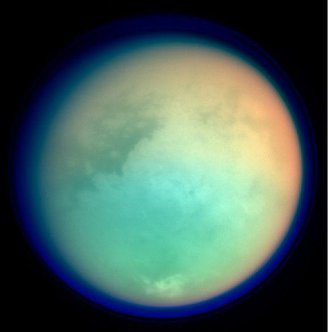
Titan is the largest of Saturn’s more than 100 natural satellites and the second largest moon in the Solar System after Jupiter’s moon Ganymede. has an atmosphere thicker than Earth’s It was discovered that there is liquid methane on the surface of Titan: oceans, rivers and even waterfalls!
Scientists believe that using methane as the main solvent, just as we use water on Earth, is one of the possibilities for life to exist. If the answer to this hypothesis is positive, there may be living organisms on Titan!
3 – Mars
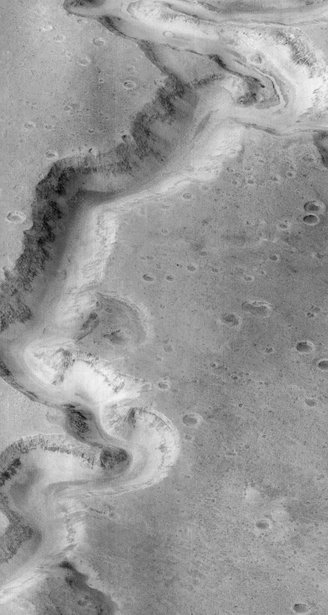
In the past, our reddish neighbor looked very similar to today’s Earth. Perhaps during the first billion years of the Solar System, water flowed freely on the surface of Mars, forming rivers, lakes, and oceans; We still see traces of it today.
Features associated with a water history (also associated with life on Earth), such as spheres, are common on the surface of Mars. Additionally, NASA’s Curiosity rover found an active, underground, variable source of methane, a possible sign of the existence of life.
2 – Enceladus
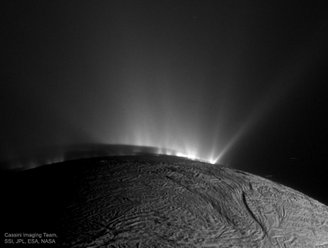
This other icy moon of Saturn is smaller than Titan, but it announces the presence of its liquid ocean in spectacular fashion: it shoots jets of water up to 300 miles into space!
These geysers allowed us to know with certainty that liquid water existed beneath the ice surfaces, as well as a number of other elements and molecules essential for life, such as methane, ammonia, and carbon dioxide. This means there is a possibility of life beneath the oceans of this distant moon!
1 – Europe
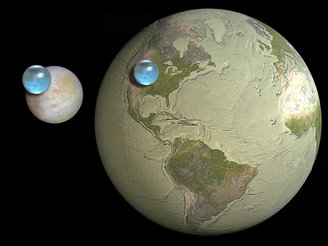
Where scientists believe it is The best candidate for finding life beyond Earth is Jupiter’s second largest moon, Europa.. This planet, which at first glance seems too far from the Sun to be a good candidate for hosting life, has two particular advantages: a large amount of water (more water than on the entire Earth); and an internal heating system due to Jupiter’s tidal forces.
This vast ocean of liquid water beneath its icy surface, combined with mild internal temperatures, could create a condition very similar to the life-producing hydrothermal vents at the bottom of Earth’s ocean. The organisms are unlikely to be like the ones we see on Earth’s surface, but they could still be life forms that can survive, reproduce, and even evolve.
Source: Tec Mundo
I’m Blaine Morgan, an experienced journalist and writer with over 8 years of experience in the tech industry. My expertise lies in writing about technology news and trends, covering everything from cutting-edge gadgets to emerging software developments. I’ve written for several leading publications including Gadget Onus where I am an author.






